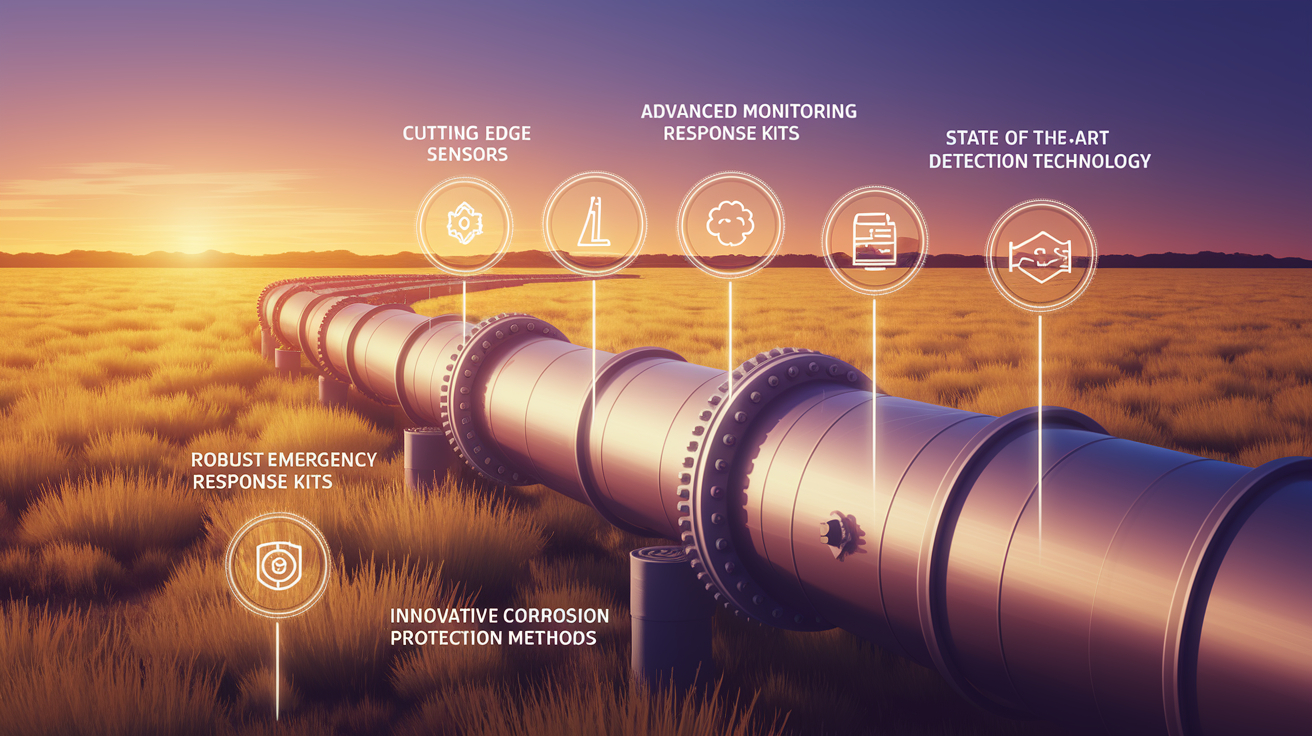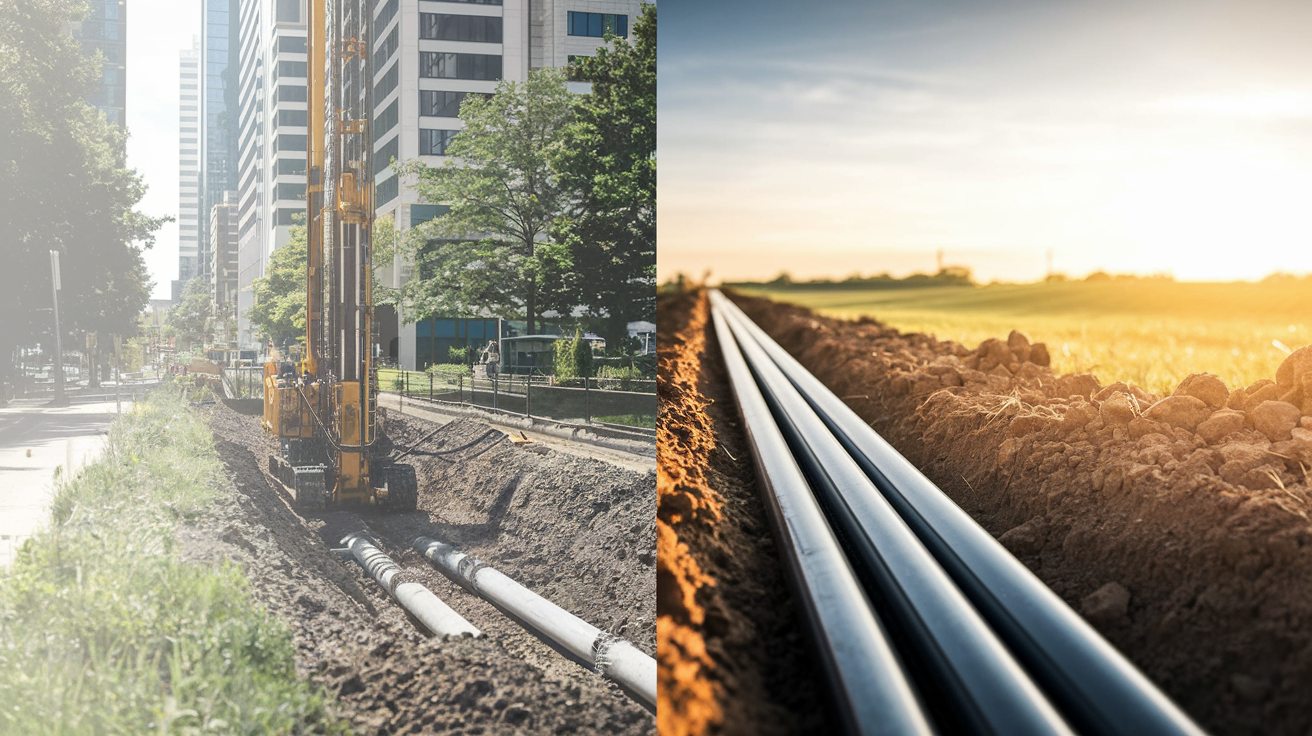Winter Pipeline Installation: Overcoming Cold Weather Challenges
Introduction
Alberta's energy and utility sectors operate year-round, which means pipeline installation projects frequently continue through the province's notoriously harsh winter months. With temperatures regularly plummeting below -30°C, snow accumulations exceeding 30cm, and daylight hours severely limited, winter pipeline installation presents unique challenges that require specialized knowledge, equipment, and procedures.
This article shares expert insights and practical solutions for maintaining productivity, ensuring safety, and delivering quality results when installing pipelines during Alberta's challenging winter conditions. Drawing on decades of field experience, we provide actionable strategies that contractors can implement immediately to improve winter operations.
Planning for Winter Pipeline Success
Strategic Scheduling
Successful winter pipeline projects begin with strategic scheduling that recognizes both the challenges and opportunities of cold-weather construction:
Advantages of Winter Construction:
- Frozen ground provides improved access to wetland areas
- Reduced agricultural impact during dormant seasons
- Lower environmental restrictions for certain wildlife habitats
- Potential cost savings during traditional industry slow periods
Critical Schedule Considerations:
- Allow additional time for weather delays (typically 20-30% contingency)
- Schedule precision work during mid-day peak temperatures
- Plan material deliveries to arrive before access routes become challenging
- Coordinate crew rotations to prevent cold-weather fatigue
Comprehensive Resource Planning
Winter pipeline installation requires additional resources compared to warm-weather operations:
Equipment Considerations:
- Cold-weather starting systems for all machinery
- Enclosed heated spaces for sensitive operations
- Backup equipment readily available for critical components
- Winter-specific attachments and accessories
Personnel Requirements:
- Larger crews to allow for warming rotation
- Extended shift changeover periods for proper briefing
- Additional safety personnel for winter-specific hazards
- On-site mechanical support for equipment maintenance
Equipment Adaptations for Winter Conditions
Preparing equipment for winter pipeline installation is critical to maintaining productivity and preventing costly downtime:
Heavy Equipment Modifications
Track Excavators:
- Extended track pads for improved flotation in snow
- Arctic hydraulic oil rated to -50°C
- Heated operator cabins with improved insulation
- Engine block heaters and battery warming systems
- LED lighting packages for extended dark periods
Specialized Winter Tools
Thawing Equipment:
- Ground thawing systems for backfill preparation
- Portable heating systems for soil workability
- Pipe thawing equipment for proper joining
- Specialized propane heating systems for workspace comfort
Critical Cold-Weather Procedures
Maintaining quality and safety in winter conditions requires modified procedures across all aspects of pipeline installation:
Site Preparation
Traditional site preparation methods must be adapted for winter conditions:
- Snow Management: Establish designated snow storage areas away from work zones and develop snow clearing protocols that maintain site accessibility.
- Ground Protection: Use ground mats or temporary road systems to prevent frost penetration in high-traffic areas and maintain workable soil conditions.
- Staging Areas: Create windbreaks around primary work areas and position equipment to minimize wind exposure for personnel.
- Warming Stations: Establish heated areas at strategic locations throughout the project site, no more than 10 minutes from any work location.
Conclusion
While winter pipeline installation in Alberta presents considerable challenges, proper planning, specialized equipment, adapted procedures, and comprehensive safety protocols can maintain productivity, ensure worker wellbeing, and deliver high-quality results even in the most extreme conditions.
Contractors who embrace these challenges—viewing winter construction as an opportunity rather than an obstacle—can extend their productive season, reduce overall project timelines, and demonstrate their expertise in all operating conditions. The strategies outlined in this article represent best practices developed through decades of practical experience in some of North America's most demanding winter environments.
By implementing these approaches and continuing to innovate as technology and methods evolve, pipeline contractors can successfully navigate Alberta's winter construction season while maintaining the highest standards of safety, quality, and efficiency.
Related Resources
- Cold Weather Construction Safety Guide
- Winter Equipment Maintenance Checklist
- Alberta Winter Weather Planning Resources
Need specialized expertise for your winter pipeline project?
Contact UsRelated Posts

5 Safety Innovations Changing Alberta's Pipeline Industry
Discover the cutting-edge technologies that are revolutionizing safety protocols in pipeline construction.
Read More
HDD vs Open Cut: When to Choose Each Method
A comprehensive comparison of horizontal directional drilling and traditional open cut trenching.
Read More
Alberta's New Pipeline Regulations: What Contractors Need to Know
Breaking down the latest regulatory changes affecting utility contractors across the province.
Read MoreTrusted By
Our Partners
We're proud to work with leading energy companies and safety organizations across Alberta.

Joint Venture Partnership:
Proudly partnering with Urban Underground for efficient community development
One trench, multiple utilities – minimizing community disruption